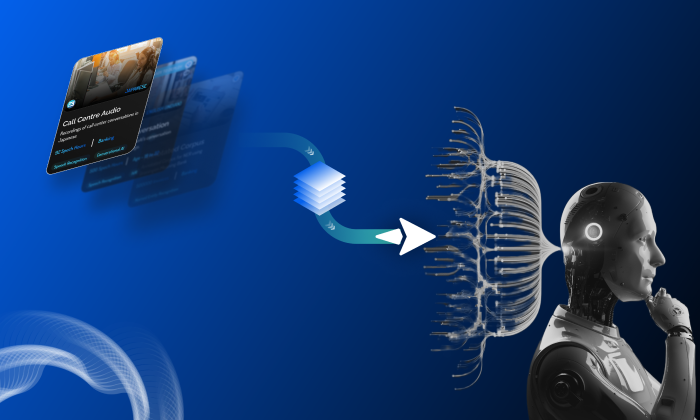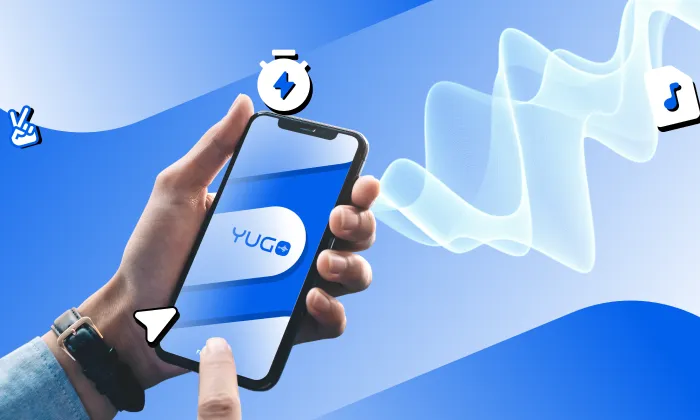What Is a Wake Word Dataset and How It Supports Accurate Detection
Wake Words
Voice Recognition
Audio Datasets
Wake word datasets are foundational to voice-activated technology, enabling devices like smart speakers and in-car systems to activate upon hearing specific trigger phrases. At FutureBeeAI, we specialize in crafting these wake word datasets to meet the demands of modern voice technology, offering both Off-the-Shelf (OTS) and custom solutions for various use cases.
What Is a Wake Word Dataset?
A wake word dataset is a curated collection of audio recordings that include specific trigger phrases, or wake words, designed to activate voice-controlled systems. Common examples of wake words include “Alexa,” “Hey Siri,” and “OK Google.” These datasets are essential for ensuring devices respond accurately when addressed, thus enhancing the user experience in voice-interactive applications.
Key Elements of a High-Quality Wake Word Dataset
To deliver optimal results, a wake word dataset must cover multiple factors:
1. Diversity in Speakers
High-quality datasets feature recordings from a variety of speakers, capturing different ages, genders, and accents. This ensures that the system recognizes wake words accurately across diverse demographics.
2. Varied Environments
The data must reflect real-world conditions, such as background noise, varying acoustics, and different environmental settings. This ensures the system performs well in any context.
3. Multiple Recordings
Each wake word should be recorded over 50 times by different speakers across four distinct environments. This coverage helps account for pronunciation variations and improves the robustness of the detection model.
FutureBeeAI’s QA-Backed Approach to Wake Word Collection
At FutureBeeAI, we prioritize data integrity through a rigorous quality assurance (QA) process. Our proprietary YUGO platform enables:
- Off-the-Shelf (OTS) Solutions: Our OTS datasets offer over 100 languages with pre-validated data for immediate use in voice AI models.
- Custom Collections: Through YUGO, clients can tailor datasets to specific wake words, accents, and environments, ensuring high relevance for their projects. Our platform supports guided recordings, a two-layer QA process, and secure cloud integration.
This workflow reflects our commitment to providing high-quality and precision-driven AI data collection services.
How Wake Word Detection Works
Wake word detection involves several steps:
- Audio Processing: Devices listen continuously for specific audio input, converting sound into a digital signal for analysis.
- Feature Extraction: MFCCs or other signal processing techniques are used to extract key features from the audio, helping the system isolate wake words from background noise.
- Model Training: Machine learning models, particularly neural networks, are trained on large datasets to differentiate wake words from other sounds.
- Thresholding: The model calculates a confidence score to determine if the wake word is present, minimizing false activations through careful tuning.
Real-World Impacts & Use Cases
Wake word detection is central to many applications, such as:
- Voice-Activated Assistants: Devices like Amazon Echo and Google Home rely on wake words for accurate voice activation.
- Smart Home Automation: Wake words trigger actions to control lighting, appliances, and security systems.
- Automotive Systems: In-car voice assistants use wake words to facilitate hands-free control of navigation, media, and communication.
Common Challenges and Best Practices
Creating effective wake word detection systems comes with challenges:
1. Data Quality
High-quality recordings free from background interference are essential for precise wake word detection.
2. Bias and Representation
Datasets must include a variety of accents, languages, and speech styles to prevent model bias and ensure fair performance across user groups.
3. Annotation Consistency
Accurate speech data annotation ensures high-quality training and reduces errors in wake word detection.
Best Practices
- Continuous Iteration: Regularly update datasets to incorporate new user interactions and data patterns.
- Diverse Testing: Validate models across different demographics, acoustic settings, and noise levels to improve robustness.
- User-Centric Design: Incorporate user feedback during the testing phase to ensure wake words are easy to remember and activate.
Data Formats & Delivery
FutureBeeAI’s datasets are delivered in WAV format, 16 kHz, 16-bit, mono, accompanied by comprehensive metadata that includes:
- Speaker demographics (age, gender, accent)
- Environmental tags (noise levels, location)
- Full annotation of each audio sample for effective model training
Unlocking the Potential of Voice Activation
By providing precise datasets tailored to your needs, FutureBeeAI helps optimize voice assistants, smart devices, and voice-controlled applications. Whether you need ready-made or custom datasets, our solutions support scalable, high-performance voice AI models.
Ready to enhance your voice recognition system? Contact us for more information or to request a sample dataset.
FAQ
Q: Can I customize wake words and languages?
A: Yes. Through our YUGO platform, you can customize datasets for specific languages, accents, and environments.
What Else Do People Ask?
Related AI Articles
Browse Matching Datasets
Acquiring high-quality AI datasets has never been easier!!!
Get in touch with our AI data expert now!




-data-collection/thumbnails/card-thumbnail/top-resources-to-gather-speech-data-for-speech-recognition-model-building.webp)



